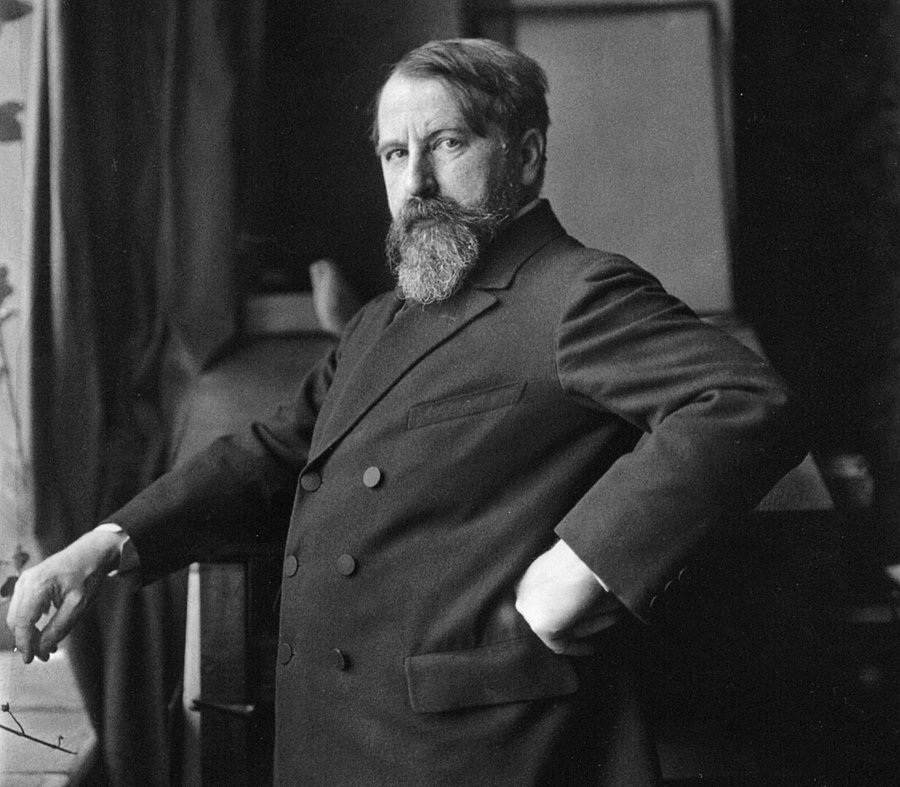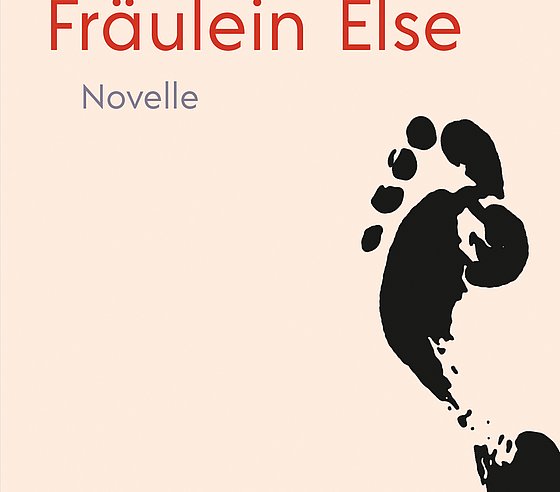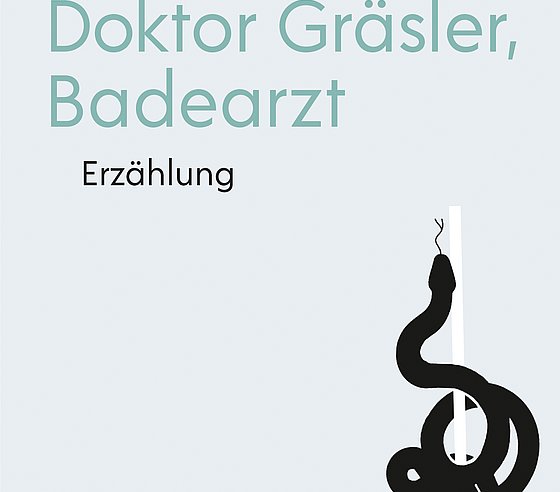Publication
How Schnitzler wrote: Digital edition project presents results in book versions for the first time

Arthur Schnitzler // Photo (public domain) Ferdinand Schmutzer, Public domain, via Wikimedia Commons
In addition to the reading text, the editions offer detailed factual explanations and an informative afterword by one of the co-editors of the Wuppertal edition, Prof Dr Michael Scheffel. This is the first time that the latest scholarly knowledge on Schnitzler's working methods and the genesis of his texts has been comprehensively incorporated into an attractive reading edition. Reproductions of early sketches of the texts provide a vivid impression of the extent to which the author changed and edited the plot of his stories in the course of the creative process.

Cover Wallstein Verlag

Cover Wallstein Verlag
The monologue novella Fräulein Else (1924) is one of the most important novellas of classical modernism, granting access to the consciousness of a nineteen-year-old Jewish girl caught in a life-threatening dilemma in a literarily innovative way.
The little-known novella Doktor Gräsler, Badearzt (1917) is a small masterpiece of psychological literature. Using the example of an average doctor and man, it captures the self-doubt and hopes of an ageing man who has not yet settled down anywhere and who, after the unexpected suicide of his sister, finds himself searching for direction and a new partner for the rest of his life.
Arthur Schnitzler (1862-1931) was one of the greatest Austrian storytellers, playwrights and best-known representatives of literary modernism. After graduating from high school, he studied medicine, became an assistant doctor at the polyclinic and then a general practitioner before devoting himself more and more to his literary works. Schnitzler is famous for his psychological narrative style.
Further links
To the annotated book edition "Fräulein Else " (link to Wallstein Verlag)
To the annotated book edition "Doktor Gräsler, Badearzt" (link to Wallstein Verlag)
More background
Making Arthur Schnitzler's works and the history of their creation digitally accessible to the public and researchers is the goal that scholars at the University of Wuppertal are pursuing with the online portal "Arthur Schnitzler digital. Digital historical-critical edition (works 1905 to 1931)" together with international partners.
The research project is being carried out by researchers at the University of Wuppertal, the University of Cambridge and University College London in cooperation with the Cambridge University Library, the German Literature Archive Marbach, the Arthur Schnitzler Archive Freiburg and the Trier Centre for Digital Humanities.
The German sub-project, founded in early 2012 and funded by the North Rhine-Westphalian Academy of Sciences, Humanities and the Arts, is working on works from 1914 onwards; the British sub-project, funded by the Arts and Humanities Research Council (AHRC), began work in early 2014 and is working on works from 1905 to 1913.
